
The idea of slowing down, as a way to tire out the kids may seem an oxymoron, but Hanna Prince has found a way to educate, entertain and enlighten, so grab some wellies and take a walk in the woods
The Japanese inspired practice of ‘forest bathing’ has been shown to reduce stress, improve concentration span and even boost the immune system. Here’s how to get the whole family involved.
Most kids have a natural affinity with trees. They love climbing them, hiding in them, building dens around their trunks and in their branches. Woodland play is a great way to tempt children away from the tablet and get them enjoying the outdoors – but it could also have a positive impact on everything from their concentration spans to their immune systems.
The idea that spending time among trees can have real therapeutic benefits underlies the Japanese practice of shinrin-yoku or ‘forest bathing’. The term was coined in the 1980s by Japan’s Forest Agency after they noticed that officials working in a wooded environment were proverbially relaxed and healthy. Large-scale scientific studies have since backed up this assumption. One research study found that forests “promote lower concentrations of cortisol, lower pulse rate, lower blood pressure, greater parasympathetic nerve activity and lower sympathetic nerve activity than do city environments.” Another showed that the activity of natural killer (NK) cells, our bodies’ first line of defence against infection, increased more than 50% in participants after a three-day forest trip. Scientists have speculated that this immune system boost is provided by phytoncides – the organic chemicals released by trees.
Kids can benefit just as much as adults. According to Forestry England, “being calm and quiet amongst the trees, observing nature around you while breathing deeply, can help both adults and children de-stress and boost health and wellbeing in a natural way.”

WHERE TO TRY IT
We have several different types of woodland here in the UK. The most established is ancient woodland, which refers to any area that’s been wooded constantly since at least 1600AD. Sussex contains around 43,000 hectares of woodland, almost 11% of the county area. Other types include secondary woodland, which has grown up on land previously denuded of trees, and commercial woodland where trees are grown to be sold as timber. Most woodland in Britain is managed for conservation, recreation, game, timber production or other purposes.
You can try forest bathing anywhere, but some of the biggest and best-known areas of woodland in Sussex are owned by Forestry England. These include St Leonard’s Forest near Horsham, Abbot’s Wood between Polegate and Hailsham, Friston Forest at Exceat and Birchden Wood just west of Tunbridge Wells.
There are also dozens of Woodland Trust-owned and other non-commercial woods dotted across our region, from Butcher’s Wood at Hassocks to Beecham Mill Wood at Newick. To find woodland local to you, use the Woodland Trust’s interactive map at www.woodlandtrust.org.uk
CONNECTING WITH NATURE
You’ve persuaded the kids into their wellies and made it to your nearest woodland – now how do you turn an enjoyable walk through the trees into a true forest bathing experience?
Forestry England recommends turning off all devices and moving slowly through the forest, thinking about what you can see, feel and smell. Encourage your kids to be observant and concentrate on the smaller details of nature. Breathing is important too. Try to take long, deep breaths, exhaling for twice as long as you inhale to encourage your body to relax.
Stay as long as you feel comfortable. Two hours is a recommended length for an adult forest bathing session, but for children you might want to keep it shorter – between twenty minutes and an hour depending on their age and concentration span.
Don’t be put off if the weather is cold. You can enjoy forest bathing all year round – but, as you’ll be encouraging your kids to stay still as much as possible, it’s important to make sure they’re warm and dry. Snug clothes, waterproof trousers or a waterproof picnic rug for sitting on the ground and extra socks are all a must!
Forest bathing gives you a chance to see and hear things that most woodland visitors miss. Help your family notice what distinguishes different tree species, from the straight trunks and silver grey bark of beech trees to the wide, spreading canopy of English oaks. Keep an eye out for woodland wildlife, both big (deer, grey squirrels, owls, adders) and small (beetles, bugs, butterflies – even woodlice). It’s amazing what you can spot when you take the time to slow down and appreciate nature.

 Island Update: January 2025
Island Update: January 2025
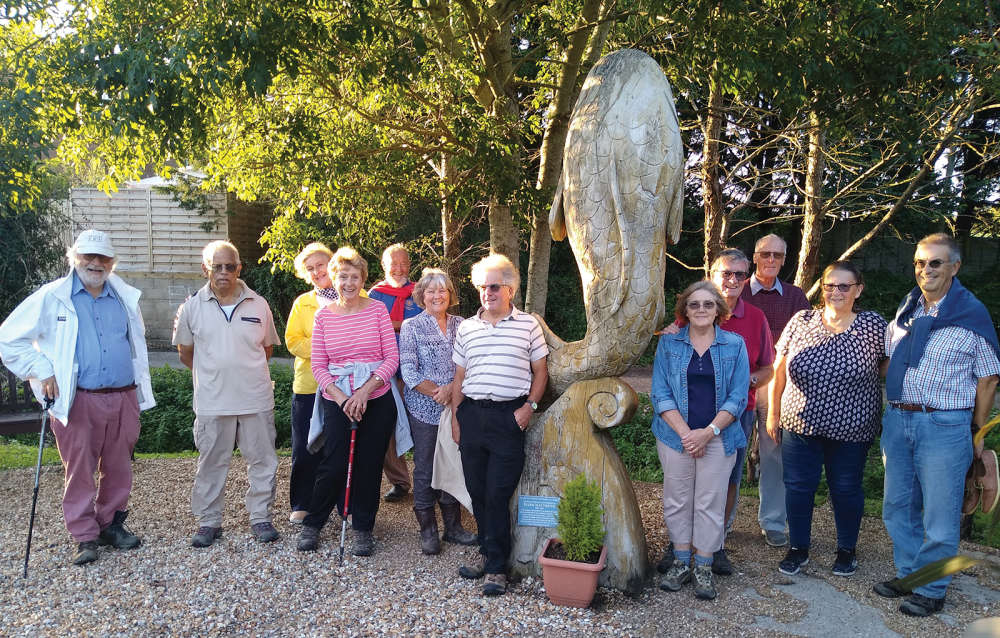 Ryde Rotary Centenary: 100 Years Strong
Ryde Rotary Centenary: 100 Years Strong
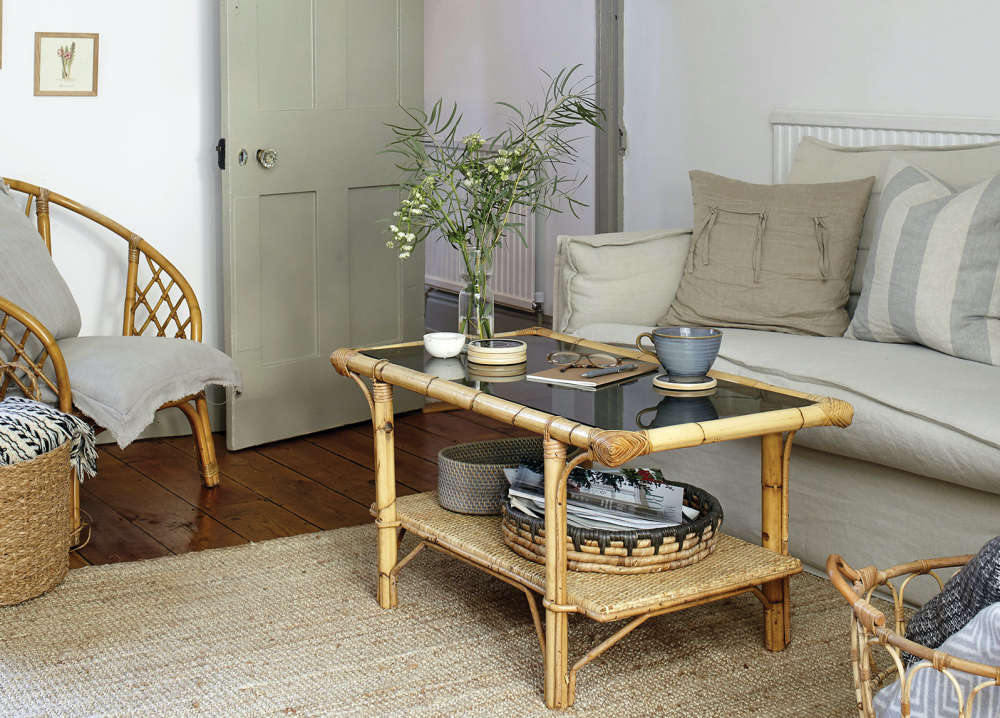 Home Style: Scandi Island Life
Home Style: Scandi Island Life
 What to Watch in January 2025
What to Watch in January 2025
 Entertainment Guide: January 2025
Entertainment Guide: January 2025
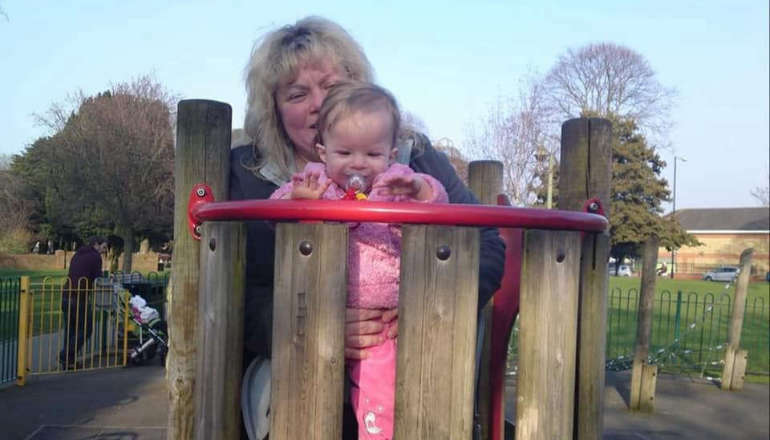 Memorial Held Following Death Of Kezi's Kindness Founder Nikki Flux-Edmonds
Memorial Held Following Death Of Kezi's Kindness Founder Nikki Flux-Edmonds
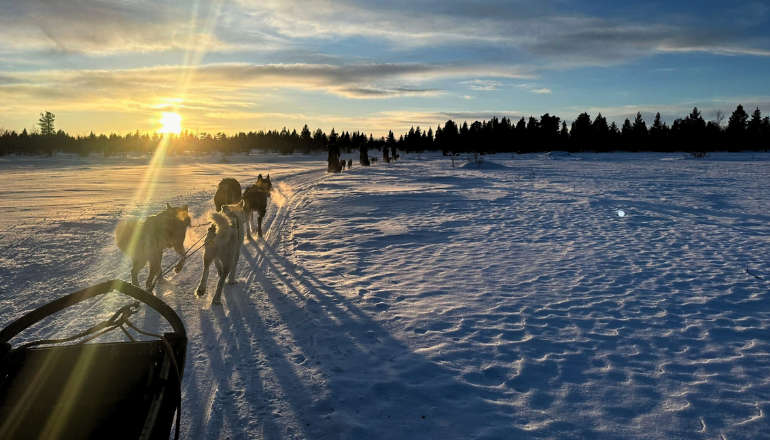 Mountbatten Inviting Islanders To Sign Up For 2026 Lapland Husky Trail
Mountbatten Inviting Islanders To Sign Up For 2026 Lapland Husky Trail
 Home Style: Winter Wonderland
Home Style: Winter Wonderland
 Help Available For Islanders To Cut Energy Bills
Help Available For Islanders To Cut Energy Bills
 Island Update: December 2024
Island Update: December 2024
 New Home For Citizens Advice Isle Of Wight
New Home For Citizens Advice Isle Of Wight
 The Alternative Guide to Christmas Gifts
The Alternative Guide to Christmas Gifts
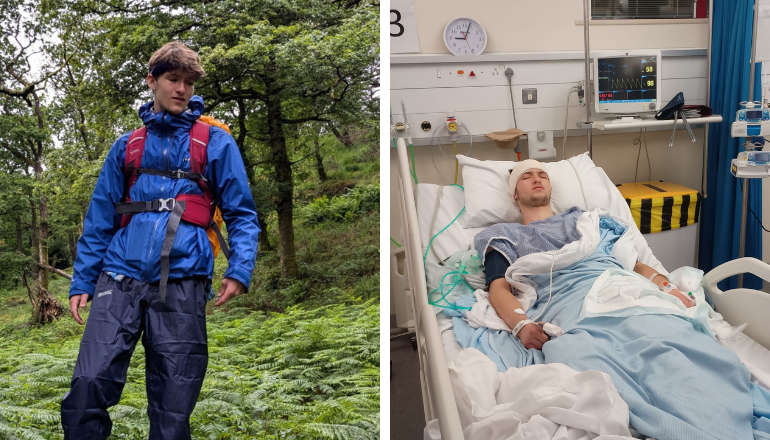 Island Family Launches Appeal For Teenage Son With Brain Tumour
Island Family Launches Appeal For Teenage Son With Brain Tumour
 What to Watch in December 2024
What to Watch in December 2024
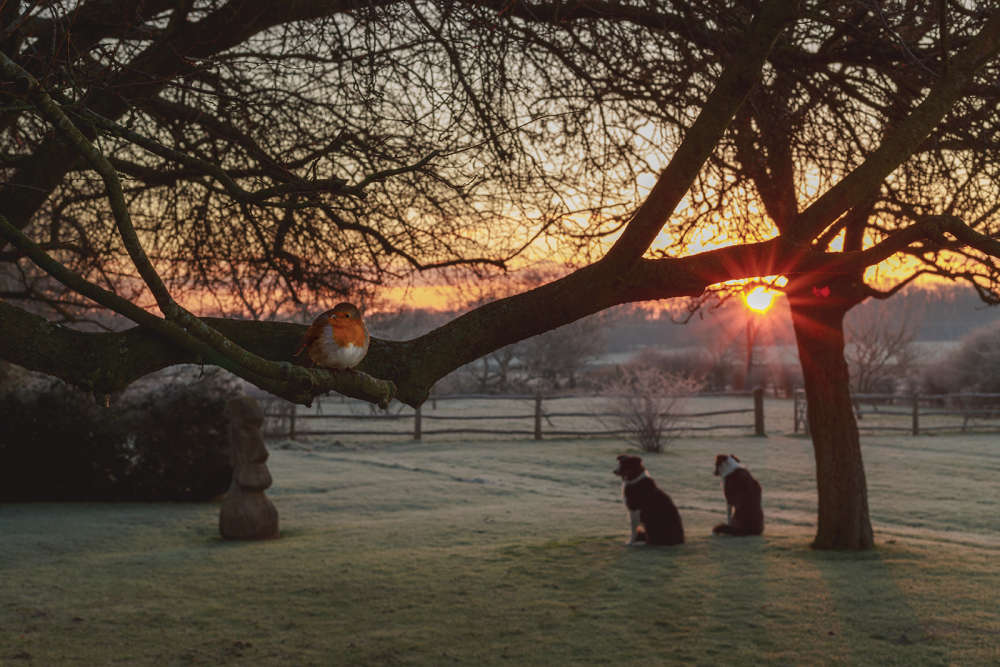 A Gardener’s Best Friend: The Story of Bob the Robin
A Gardener’s Best Friend: The Story of Bob the Robin
 Memorial Quilt To Be Displayed On The Island
Memorial Quilt To Be Displayed On The Island
 Island Author Celebrating Amazon Number One
Island Author Celebrating Amazon Number One
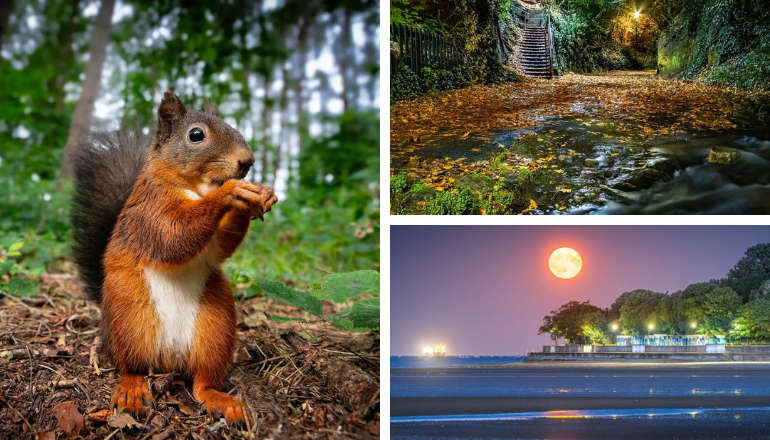 Amazing Isle Of Wight: Listener Photo Gallery
Amazing Isle Of Wight: Listener Photo Gallery
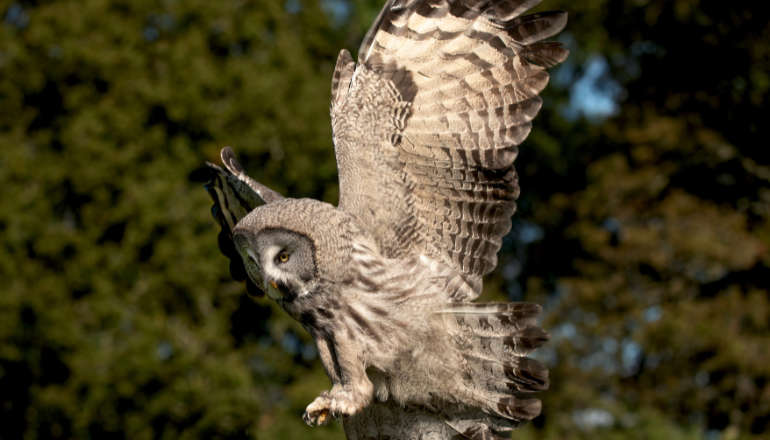 Falcons Fly Again At Robin Hill
Falcons Fly Again At Robin Hill
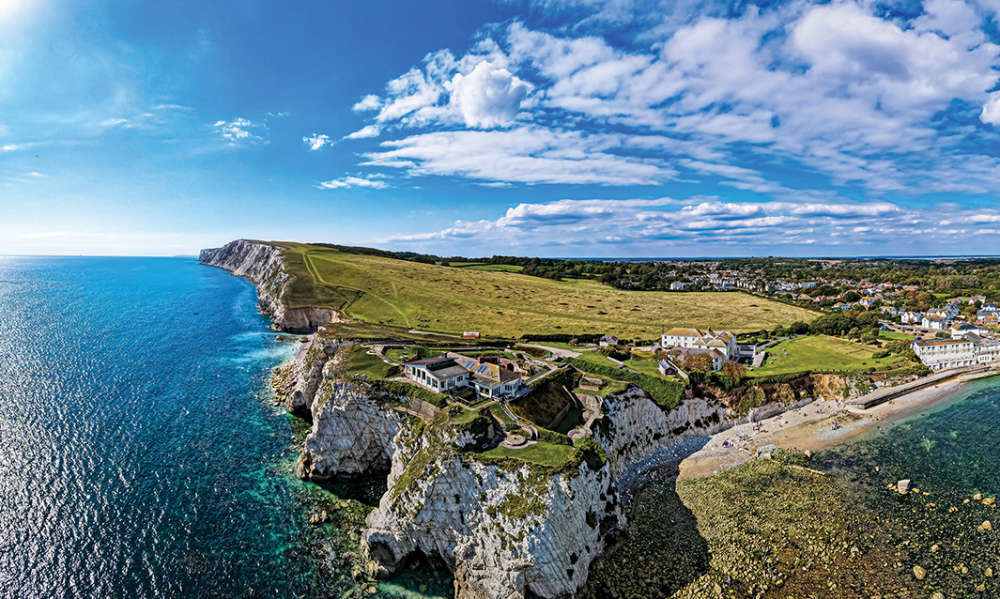 Island Update: November 2024
Island Update: November 2024